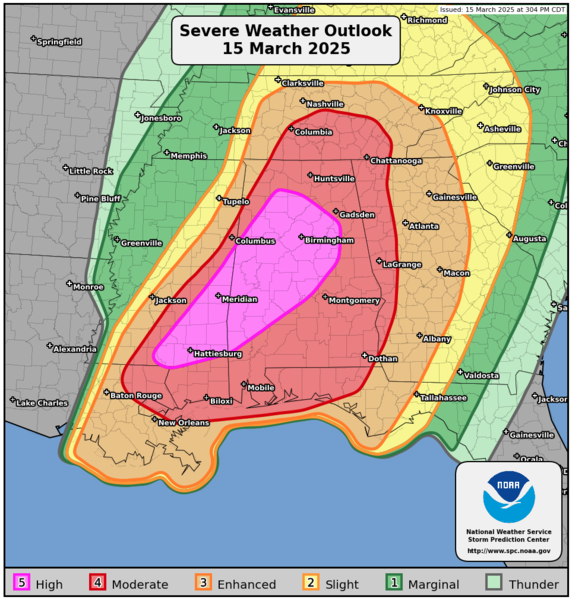Stay Safe: Understanding Active Tornado Warnings & Watches
Tornadoes are nature's most violent storms, capable of causing catastrophic damage and loss of life in mere minutes. Knowing the difference between a Tornado Watch and a Tornado Warning is crucial for your safety. This article will provide essential information to help you stay informed and protect yourself during active tornado events.
What's the Difference Between a Tornado Watch and a Warning?
This is the most critical piece of information to understand. Many people confuse these two terms, leading to delayed reactions during dangerous situations.
-
Tornado Watch: A Tornado Watch means that conditions are favorable for tornadoes to develop in your area. Think of it as a potential threat. Stay informed, monitor weather reports closely, and be prepared to take action if a warning is issued. This is the time to review your safety plan and ensure you know where your safe room or shelter is located.
-
Tornado Warning: A Tornado Warning is far more serious. This means a tornado has been sighted or indicated by weather radar. This is not the time to simply observe; this is the time to act. Seek immediate shelter immediately. Every second counts.
Key Differences Summarized:
| Feature | Tornado Watch | Tornado Warning |
|---|---|---|
| Meaning | Conditions are favorable for tornadoes. | A tornado has been sighted or indicated by radar. |
| Urgency | Be prepared. | Take immediate action. |
| Action | Review your safety plan, monitor weather. | Seek immediate shelter. |
What to Do During a Tornado Warning
When a Tornado Warning is issued for your area, time is of the essence. Follow these crucial steps:
-
Go to your designated safe place: This is typically a basement, an interior room on the lowest level of a sturdy building, or a designated storm shelter. If you don't have access to a basement or interior room, a sturdy hallway is a better option than an exterior room.
-
Stay away from windows: Flying debris poses a significant threat.
-
Protect yourself: Cover your head and neck with a blanket, mattress, or other protective material.
-
Stay informed: Continue to monitor weather reports through radio, TV, or a weather app.
Staying Informed: Reliable Weather Resources
Staying informed is critical. Here are some reliable sources for weather updates:
- National Weather Service (NWS): The primary source for accurate weather information. Find your local NWS office online for specific warnings and forecasts.
- NOAA Weather Radio: A dedicated all-hazards weather radio provides continuous updates, even during power outages.
- Reputable Weather Apps: Many weather apps offer real-time alerts and forecasts. Choose a reputable app with good reviews.
- Local News: Your local news channels and websites provide up-to-the-minute updates tailored to your area.
Beyond the Warning: Preparedness is Key
Being prepared is the best defense against tornadoes. Take these proactive steps:
- Develop a family communication plan: Know how to contact each other if separated.
- Create a safety kit: Include essential items like water, non-perishable food, a first-aid kit, flashlights, batteries, and a weather radio.
- Identify safe places in your home and community: Know where to go if a tornado warning is issued.
- Regularly review your safety plan: Practice your safety plan with your family so everyone knows what to do.
Remember: Your safety is paramount. Heeding tornado warnings and being prepared can significantly reduce your risk during these powerful storms. Stay safe!
